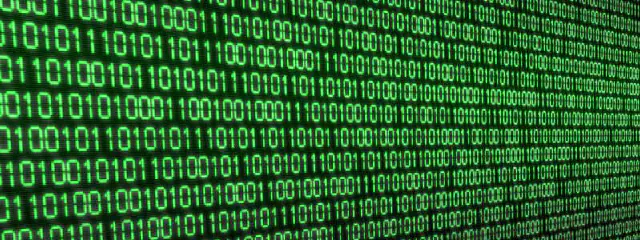Level 04
Publ .
Mins 2 (241 words).
Edit .

On the home directory, is available a hidden folder with another setuid binary.
$ ls -la .trash/
total 24
dr-xr-x--- 2 root leviathan4 4096 Jan 11 19:18 .
drwxr-xr-x 3 root root 4096 Jan 11 19:18 ..
-r-sr-x--- 1 leviathan5 leviathan4 14928 Jan 11 19:18 bin
$ ./.trash/bin
01000101 01001011 01001011 01101100 01010100 01000110 00110001 01011000 01110001 01110011 00001010
Execution of this file displays what appears to be a string that encodes some binary data. There are in total 11 numbers, and they might represent each one character.
There are a bunch of online sites to decode this binary representation. The shell might as well be used to do it:
$ for a in $( ./.trash/bin ); do printf "%x" $((2#$a)); done | xxd -r -p
EKKlTF1Xqs
The command above means:
$ ( ./.trash/bin )expands to the list of binary numbers.for a in $( ... );sets the variableato store the value of each binary number for each iteration of theforloop.printf "%x" $((2#$a))is a function call executed in each loop iteration. It has two arguments.$((2#$a))expands to the decimal representation of the binary number represented by the string stored in the variable$a."%x"is a format specifier indicating that the numberprintfoutputs is going to be displayed as a hexadecimal value.
xxd -r -preceives in the pipe the hexadecimal value and reverses it to a plain text ASCII character.